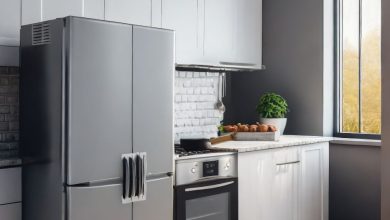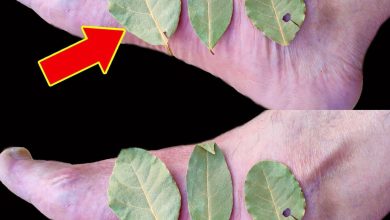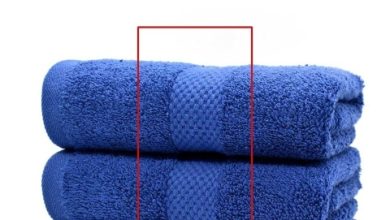10 tips to prevent green algae, moss, or mildew from developing on concrete patio or driveway

Green algae, moss, and mildew can be persistent problems for homeowners with concrete patios or driveways. Not only do they detract from the appearance of outdoor surfaces, but they can also pose safety risks by making them slippery. Fortunately, there are several effective strategies to prevent the growth and spread of these unwanted organisms.
ADVERTISEMENT
1. Ensure Proper Drainage
Green algae, moss, and mildew thrive in moist environments. It’s important to ensure that your patio or driveway has adequate drainage to prevent water from pooling. Regularly sweeping away puddles after rain and adjusting sprinklers can help minimize excess moisture.
ADVERTISEMENT
2. Regular Cleaning
Regularly cleaning your concrete surfaces with a push broom or pressure washer can remove dirt and debris that provide a breeding ground for algae and moss. Using a gentle pressure washer setting and appropriate cleaning products can help maintain the integrity of the concrete.
ADVERTISEMENT
3. Trim Overhanging Plants
Overhanging plants can create shaded areas that retain moisture, ideal conditions for algae and moss growth. Trimming back trees and bushes can increase sunlight exposure, helping to keep the concrete dry and less hospitable to these organisms.
4. Apply Preventative Treatments
Consider applying treatments that can inhibit the growth of algae, moss, and mildew. Diluted solutions of bleach or vinegar, as well as commercial products designed for concrete surfaces, can be effective. Always follow the manufacturer’s instructions when using these products.
5. Promptly Repair Cracks
Cracks in concrete can collect water and organic matter, providing a perfect environment for algae and moss to thrive. Promptly repairing any cracks or chips in your driveway or patio can help prevent the buildup of these organisms.
6. Use Absorbent Mats
Placing absorbent mats under planters or outdoor furniture can help prevent moisture from collecting on your concrete surfaces. This simple step can significantly reduce the conditions favorable to algae and moss growth.
7. Improve Air Circulation
Improving air circulation around your concrete surfaces by removing obstacles that block airflow can help them dry faster after precipitation or cleaning. This can reduce the likelihood of algae, moss, and mildew taking hold.
8. Control Humidity
In humid environments, using dehumidifiers or fans can help reduce the amount of moisture in the air around your patio or driveway. This can be particularly effective in enclosed or covered areas where airflow is limited.
9. Seal Your Concrete
Applying a sealant to your concrete can create a barrier against water infiltration, making the surface less porous and less susceptible to algae and moss growth.
10. Regular Inspection and Maintenance
Regularly inspecting and maintaining your concrete surfaces is essential for preventing algae, moss, and mildew buildup. Catching small issues early can prevent them from becoming larger problems. Regular maintenance should include checking for standing water or blocked drainage that could promote growth.
By implementing these strategies, you can significantly reduce the likelihood of algae, moss, and mildew taking over your concrete surfaces. Consistent proactive care will help keep your patio or driveway looking clean and safe for everyone to enjoy.




